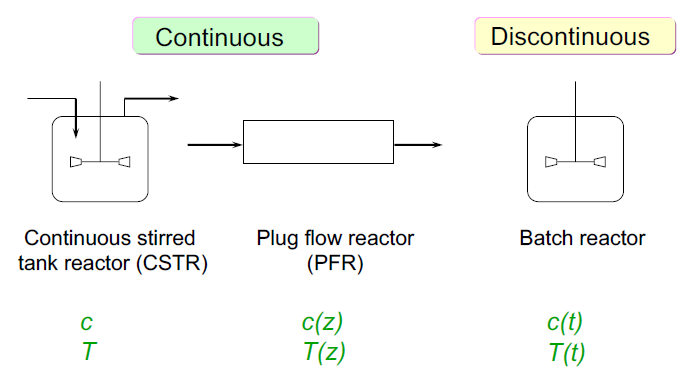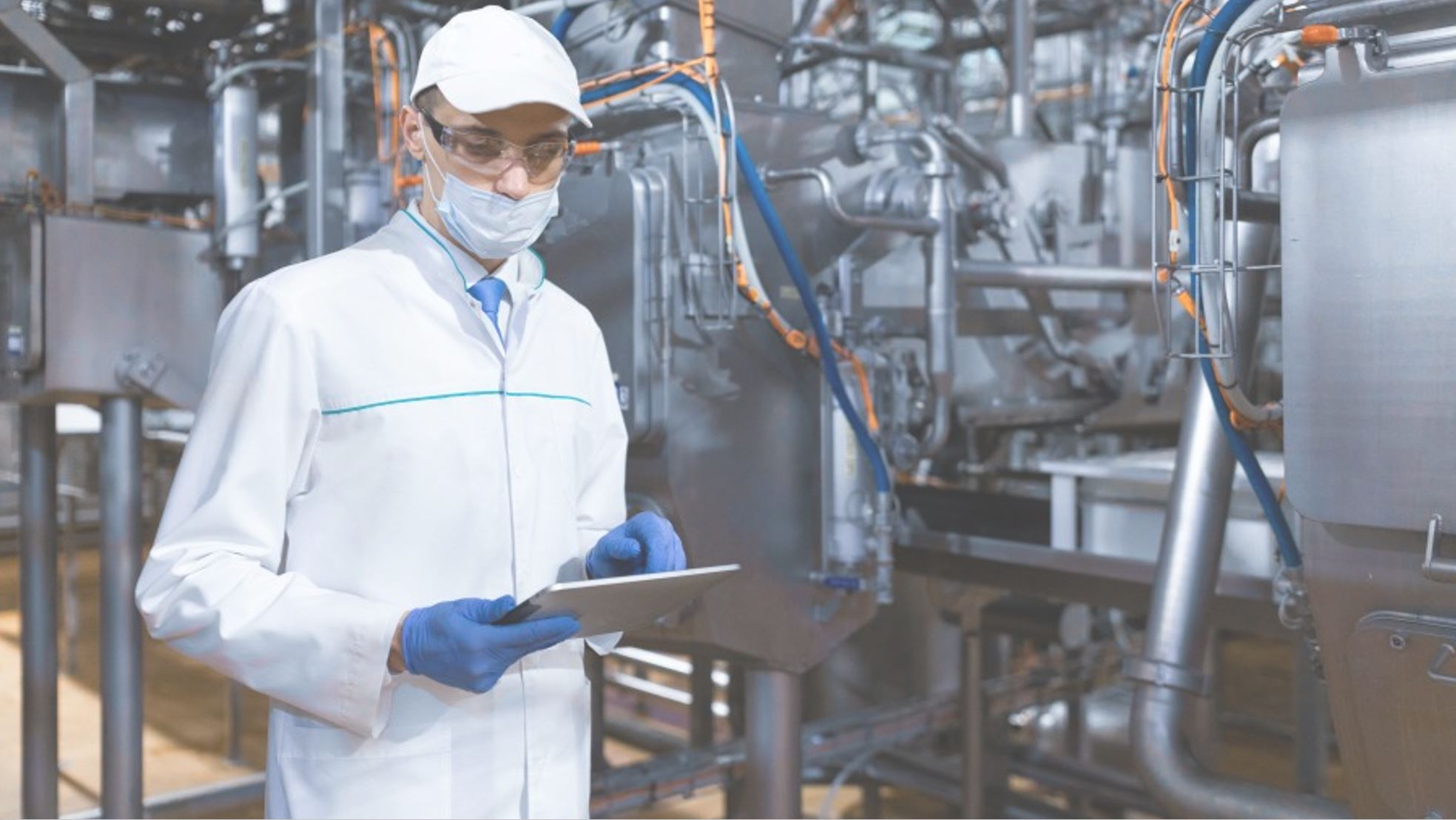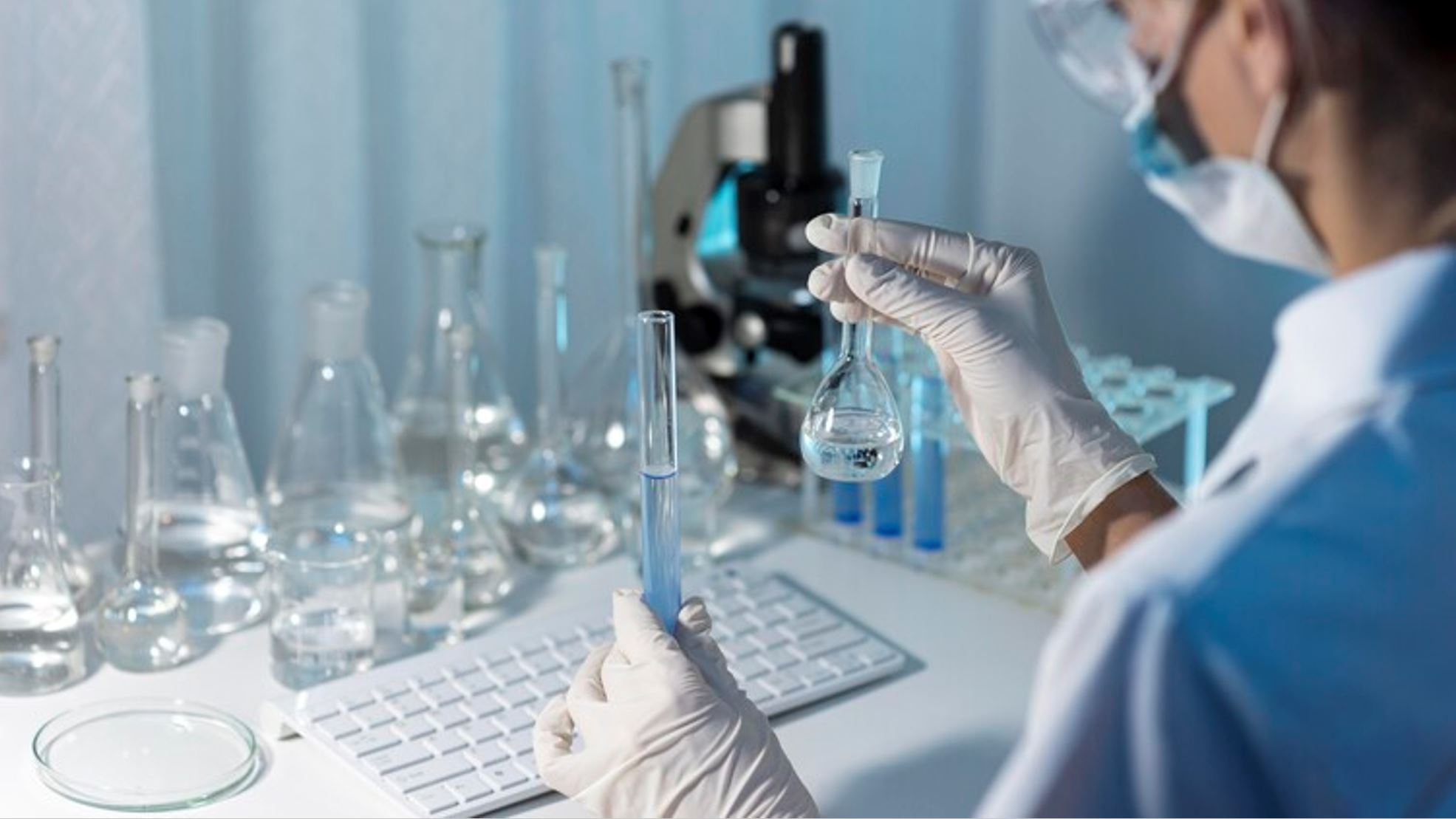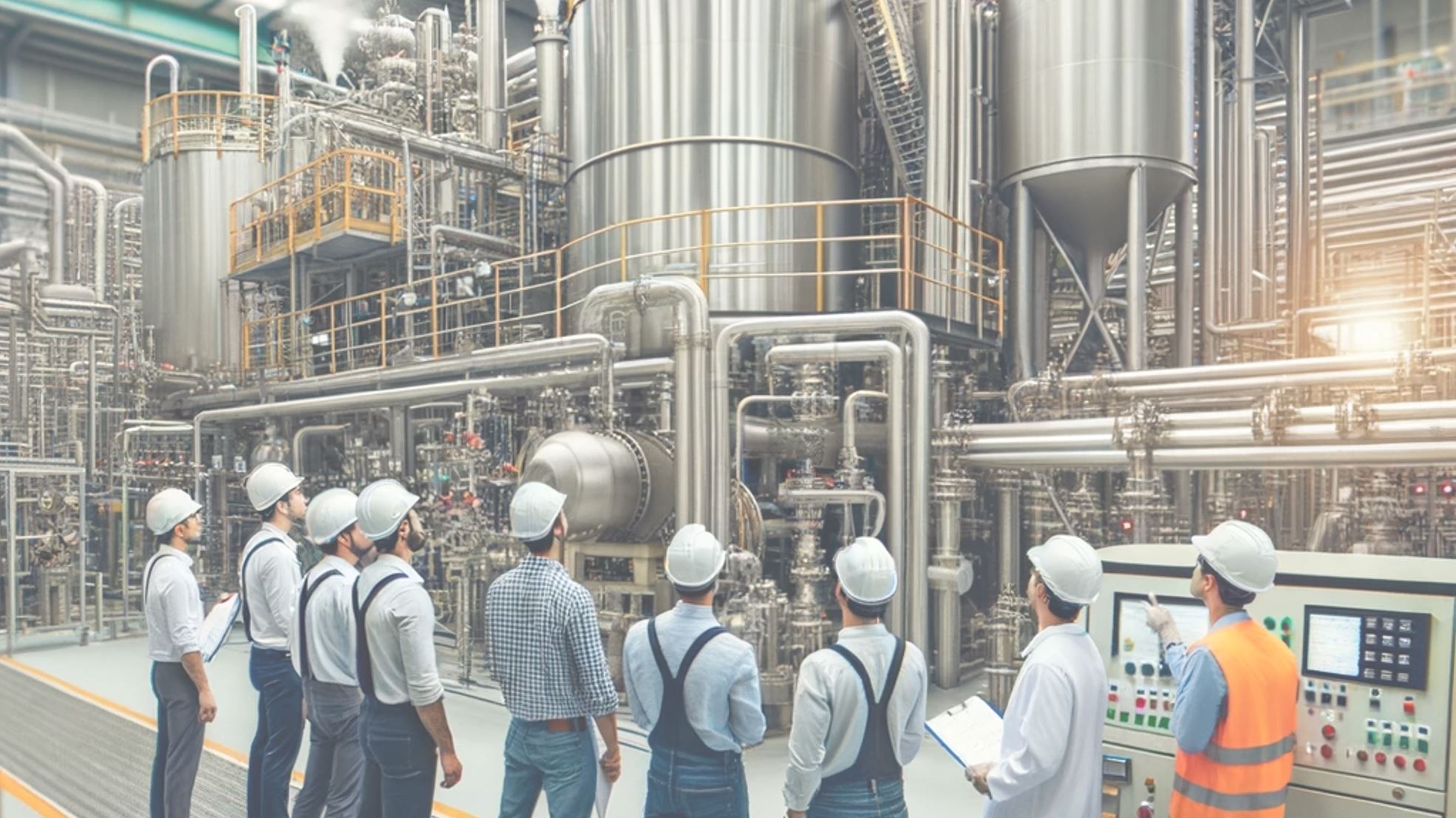

In the development of chemical industry, “pilot plant” is frequently used of innovation and experimentation. Typically, a pilot plant is an intermediary step between the laboratory and full-scale production. It is used for more understanding unknown factors that the lab scale might not provide a full understanding. It also allows companies to nearly simulate real-world production scenarios, test novel procedures, and refine them without the risks associated with full-scale operations.
Imagine the challenge of transitioning a small, successful experiment conducted in a controlled lab environment to a massive factory setting. This is where the pilot plant comes in, offering a controlled, yet practical setting to test, adapt, and optimize. By doing so, businesses can troubleshoot issues, perfect their processes, and ensure a smoother transition to large-scale operations, saving time, resources, and potentially millions of dollars.
However. The right location can streamline operations, minimize costs, and even influence the success or failure of the pilot phase. Choosing a location isn’t just about finding an available plot of land; it’s about strategic alignment with raw material sources, accessibility for transportation, compliance with local regulations, and ensuring that the environment and community are considered and protected. In essence, the location of a pilot plant isn’t just a logistical decision—it’s a strategic one, with wide-reaching implications for the success of the pilot operations and subsequent full-scale production.
Key Factors Influencing the Ideal Location:
1. Be Close to Raw Materials:
Relocating closer to raw material sources can lead to substantial cost reductions. These savings show in terms of reduced transportation and logistics expenses. Furthermore, shorter supply chains often equate to fewer intermediary costs, such as warehousing or third-party handling fees.
Proximity to raw materials ensures a more stable and reliable supply chain. This reduces the risks of supply chain disruptions, which can be caused by factors like transportation delays, geopolitical issues, or natural disasters. Moreover, shorter supply chains often translate to faster response times, ensuring that operations can adapt quickly to any changes in raw material availability or quality
Consistent access to raw materials ensures that the pilot plant operations run smoothly and without interruptions. It facilitates just-in-time inventory management, reducing the need for extensive storage facilities and ensuring fresh supplies for processes that might be sensitive to the age or quality of the raw materials.
2. Be Close to R&D Facility
Having the pilot plant near an R&D facility allows for seamless collaboration between researchers and operational staff. Any findings or anomalies during the pilot plant’s operation can be quickly discussed and addressed with the research team.
Typically, Research facilities often house experts and specialists in specific fields. Proximity ensures that this expertise is readily available for consultation or troubleshooting, minimizing delays.
In term of analytic, some specialized equipment or tools available at the research facility might be expensive or impractical for the pilot plant to own. Being nearby allows the pilot plant to utilize these resources as needed.
Moreover, If the pilot plant is working on developing new processes or products, having a research facility nearby can facilitate rapid prototyping and testing. This synergy can significantly speed up the iteration process. consequenctly, a close feedback loop between the pilot plant and the research facility ensures that research is aligned with practical needs, and operational practices can adapt to the latest research findings
3. Safety and Environment
In chemical development, most chemical produced/used in experiment involves toxic, flammable, explosive, or reactive substances and there may be waste produced that needs special handling, treatment, or disposal, the pilot plant should be located in areas where potential accidents won’t pose risks to populated regions and The location should facilitate proper waste management practices to prevent environmental harm. Additionally, proper safety protocols, storage facilities, and emergency response plans should be in place.
4. Local Regulation
Different regions, states, or countries have their unique set of regulations for industrial operations. A location must be chosen where the activities of the pilot plant conform to local regulatory standards. For example, a pilot plant intending to produce a new type of pharmaceutical might be restricted in certain countries due to stringent drug development regulations. As such, selecting a location where the developmental stages of pharmaceuticals are supported by local regulations is vital.
5. Skilled Workforce
Some pilot plant operations is complex that it often require workers with specialized skills and knowledge. Moreover, when you have access to a skilled workforce, new hires can often hit the ground running, reducing the time and money spent on extensive training programs. A skilled workforce, especially one with a background in research, can speed up pilot testing processes that decreases your iteration of test. Skilled employees are more likely to follow best practices, understand safety protocols, and handle equipment correctly, reducing the risk of accidents. For example, in a pilot plant dealing with hazardous substances, experienced chemists and operators would be more adept at handling and storing these materials safely. Finally, a skilled workforce also ensures that the operation is consistency.
6. Financial Support
Establishing a pilot plant can be capital-intensive. Being in a location that offers financial incentives, grants, or subsidies can significantly reduce the initial investment required. A goverment might offer subsidies to industries that promote promising technology such as clean energy. if your pilot plant focused on developing new product that align with goverment, you would find such a location financially advantageous for its setup. Financial support mechanisms can act as a safety net, helping the plant to navigate through initial teething problems or unforeseen market challenges. a government-backed loan guarantee could provide a cushion for a pilot plant in its early stages, ensuring continuity even if initial revenues are lower than expected.
7. Scale-up Potential
Setting up a pilot plant involves significant investment in infrastructure, utilities, and equipment. If there’s potential for scaling up in the same location where its proven commercial-scale technology would be impemented, it means that the result from real integration could be proven. Operating a pilot plant in a potentially implemented location for larger scale production often involvess building trust to customer, potentially speeding up to scale up process.
Pilot Location/Integration: Pros and Cons
Choosing the right type of pilot plant installation is a nuanced decision that can significantly impact the project’s success . In the subsequent sections, we’ll delve deeper into the intricacies of these types, exploring their pros, cons, and the scenarios.
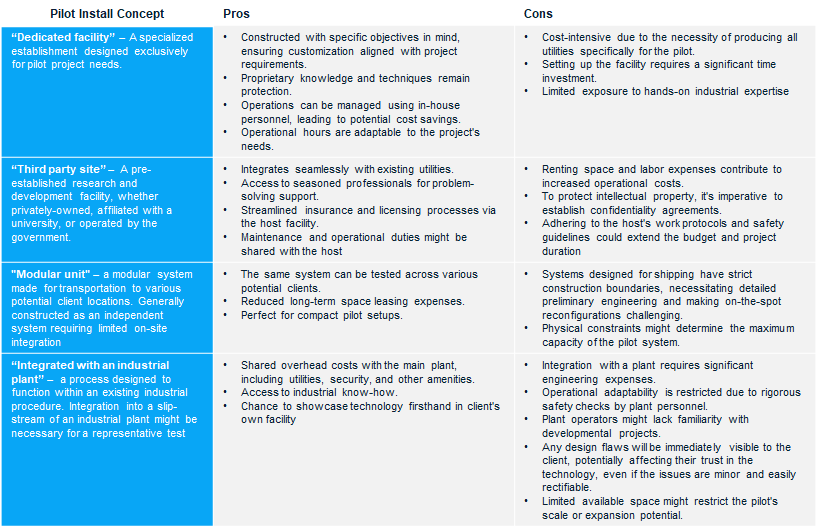
The table summarizes the pros and cons of various types of testing facilities. While some offer the benefit of expertise and existing infrastructure, others provide mobility and direct client interaction. However, each also comes with its own set of challenges, from costs to technical constraints, highlighting the need for careful consideration when selecting a testing facility.
Key takeaways
When deciding where to set up a pilot/demonstration plant, one has several options: a dedicated facility custom-built for the purpose, a third-party research and development center, a mobile unit for flexibility across multiple client sites, or integration within an existing industrial plant. When determining the ideal location for a pilot or demonstration plant, various factors come into play
Each choice offers its own advantages and challenges, ranging from cost considerations, operational flexibility, expertise access, to direct client interactions and perceptions. The right setup is crucial for balancing operational needs, cost implications, and client or investors confidence in the presented technology
Disclaimer:
The views and opinions expressed in this Linkedin article are solely my own and do not represent the views or opinions of my current employer. This article is a personal reflection and does not involve any proprietary or confidential information from my current company. Any similarities in ideas or concepts presented in this article to my current company’s work are purely coincidental.




